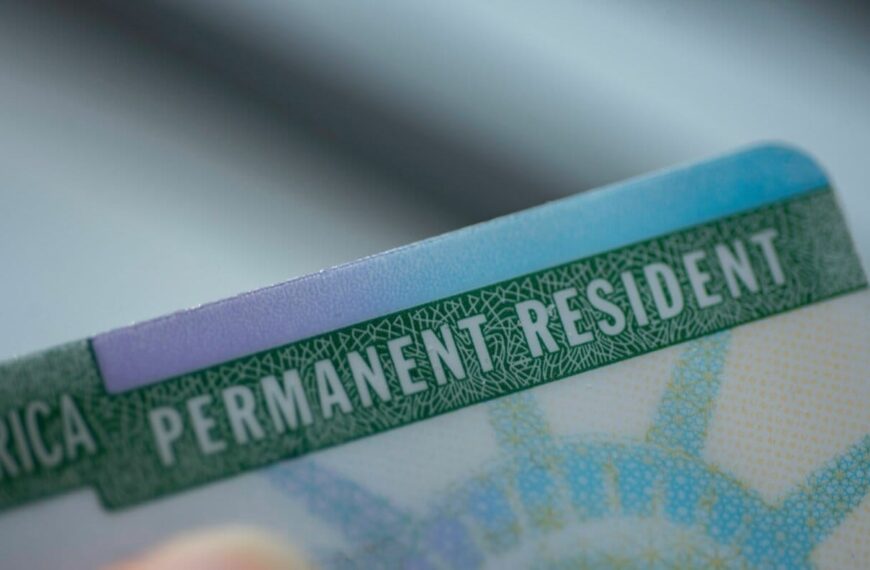Germany’s Tough Stance on Migration and Border Control
Germany has recently adopted a more stringent approach to its migration policy and border controls, a shift that has sparked significant discussion and debate. This article examines the implications of this tough stance on migration, the measures being implemented, and the broader context of immigration in Europe.
The Rationale Behind Germany’s Tougher Immigration Policy
Germany’s government, alongside law enforcement agencies, has articulated a strong rationale for its enhanced border checks and migration policies. The primary goals are to ensure national security and manage the challenges posed by increased migration flows. In recent years, Germany has faced a surge in asylum applications and irregular migration, prompting officials to reassess their strategies. Some key points driving this initiative include:
- Public Safety Concerns: The government emphasizes that stronger border control measures are essential for maintaining public safety and order, particularly in light of rising crime rates associated with undocumented migrants.
- Pressure on Public Services: Local governments have raised concerns about the strain placed on public services such as housing, healthcare, and education due to the influx of migrants.
- Political Pressure: The rise of anti-immigrant sentiments and political parties advocating for stricter immigration policies have influenced the government’s approach to migration.
Enhanced Border Checks and Police Operations
To support its tougher immigration stance, Germany has implemented several enhanced border checks and police operations. These measures are designed to deter irregular migration and ensure compliance with immigration laws. Some notable actions include:
- Increased Police Presence: Authorities have deployed additional police officers to border areas and high-traffic migration routes to conduct checks and enforce immigration laws more effectively.
- Collaboration with EU Border Agencies: Germany has strengthened its collaboration with EU border agencies to improve information sharing and coordinate efforts to manage migration across European borders.
- Use of Technology: The government is investing in technology to enhance surveillance and monitoring capabilities at border crossings, including the use of drones and other advanced equipment.
Impacts on Migrants and Asylum Seekers
The tougher immigration policy in Germany has significant implications for migrants and asylum seekers. While the government argues that these measures are necessary for security, many advocates worry about the human rights implications. Key concerns include:
- Access to Asylum: Stricter border checks may hinder the ability of genuine asylum seekers to access the protection they need, forcing them to take dangerous routes to enter the country.
- Increased Detentions: Enhanced police operations could lead to a higher number of detentions of undocumented migrants, raising concerns about the treatment of individuals in custody.
- Community Relations: The tough stance may exacerbate tensions between migrant communities and local populations, impacting social cohesion and integration efforts.
The Broader European Context
Germany’s decision to adopt a tougher immigration approach is part of a broader trend across Europe. Many countries are grappling with similar challenges related to migration and border security. Some key points to consider include:
- EU Migration Policy: The European Union is facing pressure to reform its migration policies, with member states divided on how to balance humanitarian obligations with security concerns.
- Regional Cooperation: Countries are increasingly cooperating on border security measures, with joint operations and agreements to manage migration flows more effectively.
- Humanitarian Considerations: Advocacy groups continue to call for a more compassionate approach to migration, emphasizing the need to protect human rights and provide support to those in need.
Future Directions for Germany’s Migration Policy
As Germany moves forward with its tougher migration and border control policies, several key questions remain about future directions. Policymakers must consider how to balance security with humanitarian obligations while addressing the root causes of migration. Potential areas of focus may include:
- Integration Programs: Investing in integration programs for migrants could help address public concerns and promote social cohesion.
- Regional Solutions: Collaborating with countries of origin or transit to address the factors driving migration may lead to more sustainable solutions.
- Public Engagement: Engaging with communities to foster understanding and dialogue about migration can help mitigate tensions and promote a more inclusive society.
In conclusion, Germany’s tough stance on migration and border control reflects a complex interplay of security concerns, political pressures, and humanitarian obligations. As the situation evolves, it will be critical for the government to navigate these challenges thoughtfully, ensuring that policies remain effective while upholding the values of human rights and dignity for all individuals.










